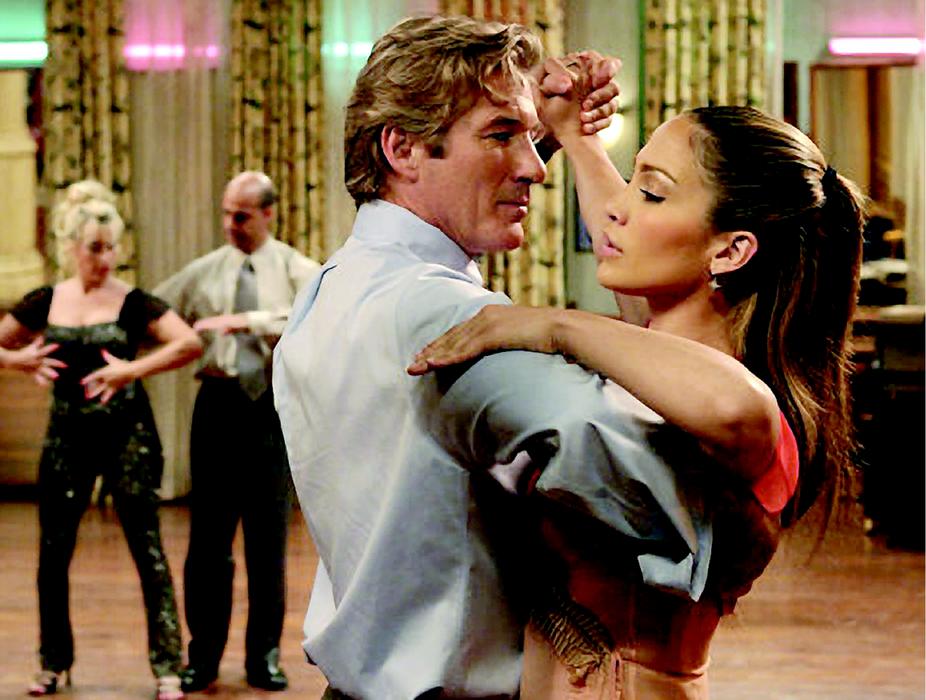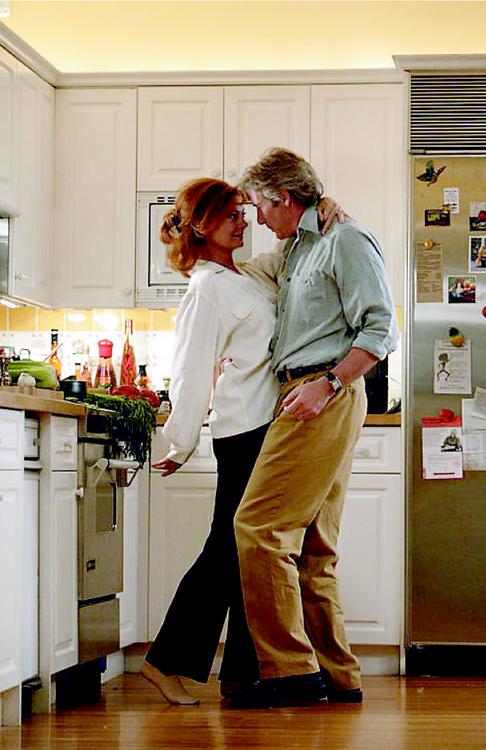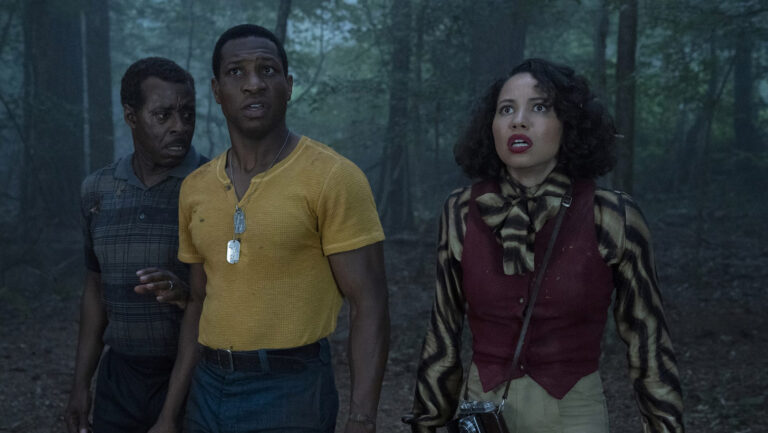The Japanese film of the same title, directed in 1995 by Masayuki Suo, was cute, pleasant and bearable; but that did nothing to elevate it beyond its own self-imposed interdictions as a “date movie.” Who better than Peter Chelsom, director of such mountainous train wrecks as Serendipity and Town & Country, to supply us with a remake of such unstudied devotion that the audience is denied the modest kick of “the new,” or at least the illusion of such?
There has, over the past few years, been an apparent erosion of not only talent in the film industry but of the appetite and avidity for the crossing of uncharted waters. Shall We Dance? is Hollywood at the apogee of its insecurity; safe cinema at its least appealing.
The film starts by introducing us to John (Richard Gere), a dishevelled family man trapped in a world of unendurable routine. Each evening, on his subway ride home, he sees a beautiful woman (Jennifer Lopez) gazing out the window of a ballroom dance class. One day, curiosity gets the better of him and he summons the courage to go in. As lessons progress, he and his fellow students become engrossed in the art of the dance, and, even as his secret is discovered, he cannot dismiss what has become his One True Calling. Ugh.
As romantic comedy goes, I doubt the film could raise so much as an assumed snicker. Even if audiences extend foundationless license to the Japanese original (which is undoubtedly superior to the remake), one must concede that none of this was nessecary. The film's pubescent, almost scornful approach to the concept of sex is damnatory in its inert politeness, and, despite the film's idyllic view of family life, there's nothing healthy about the picture's defiantly optimistic depiction of domesticity.
The characters' relationships are laced with a mutual distrust and vacillation. Indeed, the one genuine surprise in the film is its ending, which closes with a shrug of confused complacency. Shall We Dance? wants to sell its vision of marital strife as an opportunity for development rather than self-destruction. If the film can barely summon the virility to involve its own characters in their own lives, that is as sure a testament as any to Chelsom's lack of interest in the project.
Shall We Dance? is so softened with an exhausted respect that, if viewed from a distance, it passes as something of a joke. It serves as a retread of everything we have come to expect from the most wearing genre in cinema. The film makes countless attempts at referencing the original, only to discover that its allusions to vanity are as appropriate as Chelsom's galling choices in homage. (One shot recalls Pennies from Heaven, and the ghost of Spanish director Carlos Saura seems to hover over the proceedings like a nagging headache). In fact, every scene in the film seems to follow so closely in the footsteps of its predecessor that the only difference I could discern between the two was in the quality. Both films, to be sure, reek of earnestness, but Suo's picture had the advantage of being first; Chelsom's pretensions as a purveyor of fuzz barely merit his involvement in the first place. Even Gere's signature hairstyle recalls that of the original star, Koji Yakusho, and the subplot involving Stanley Tucci's passion for the rumba is depressing when viewed under the shadow of Naoto Takenaka's vivacious performance.
Anyone expecting a rerun of the original film will likely be bemused by the impious, unfarcical air of Shall We Dance?; there are laughs to be found in the picture, but none of these are intentional. The dialogue, which is almost as careless as the movie's damning portrayal of transatlantic confusion, is anesthetizing in its gnomic naiveté. And, if one were to find one thing more monotonous than the film's flippant stabs at humor, it would be the fact that there are so few scenes in which the characters actually dance. They talk the talk, but can they walk the walk? Late in the film, when Lopez and Gere finally strut their stuff on the dance floor, it becomes apparent that the answer, sadly, is no. In an effort to avoid embarrassing the timidity of mainstream audiences, Chelsom drains his dance sequences of any sort of sensuality. What should be brazenly carnal is, predictably, sexless. Shall We Dance? asks one character to another in the first film. This time around, the response, unsurprisingly, is one of pathetic indifference.




